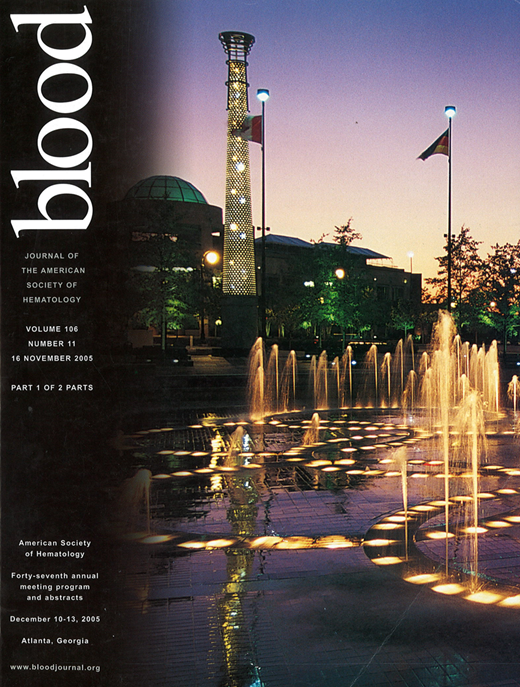Abstract
Introduction: Bortezomib ± dexamethasone (dex) has demonstrated impressive activity in the treatment of relapsed and refractory myeloma. Bortezomib is currently approved in the U.S. for multiple myeloma patients who have received at least 1 prior therapy. We are conducting a phase 2 trial evaluating bortezomib alone or in combination with dex as first-line therapy in patients with myeloma.
Methods: Eligible patients had measurable disease and a Karnofsky performance score (KPS) ≥ 50%. Bortezomib 1.3 mg/m2 was administered by IV bolus on days 1, 4, 8, and 11 of a 3-week cycle for a maximum of 6 cycles. Oral dex 40 mg was given to patients who achieved < partial response (PR) after 2 cycles or < complete response (CR) after 4 cycles. European Group for Blood and Marrow Transplantation criteria were used to assess response, with the addition of a near CR (nCR) category, defined as nondetectable M-protein by electrophoresis but positive immunofixation and normal bone marrow.
Results: Fifty patients have been accrued to the study, and 40 are evaluable for response. Median age was 58 years, and 52% were men. The major myeloma subtypes were IgG (64%) and IgA (19%). The majority of patients were Durie-Salmon stage II (29%) or IIIA (43%). The major response rate (CR + nCR + PR) was 85%. The best response was observed after cycle 2 in 41%, after cycle 4 in 75%, and after cycle 6 in 85% of patients. Dex was added for 28 patients (70%): 17 patients at cycle 3, 10 patients at cycle 5, and 1 at cycle 6. An improved response after combination therapy was observed in 18 patients: 11 improved from MR to PR, 5 improved from stable disease (SD) to PR, 1 improved from SD to CR, and 1 improved from SD to minor response (MR). Twelve patients underwent stem cell transplantation, and all had complete hematologic recovery. Thirteen patients discontinued from the study: 9 due to adverse events, 2 due to progressive disease, and 2 withdrew. The most common adverse events (grade ≥ 2) were neuropathy (26%), fatigue (22%), constipation (17%), and neutropenia (14%). Two patients developed grade 4 events, 1 with neutropenia and 1 with thrombocytopenia.
Conclusion: Bortezomib alone or in combination with dex was highly active in the first-line treatment of patients with myeloma. The combination of bortezomib + dex demonstrated additional benefit. Toxicities were manageable and reversible. Although experience has been limited to date, stem cell transplantation was successful in all attempts, indicating that bortezomib-based therapy should be further explored as an induction regimen before transplantation.
Author notes
Corresponding author

